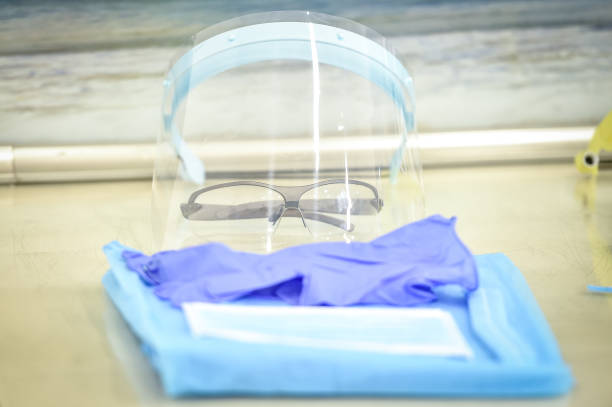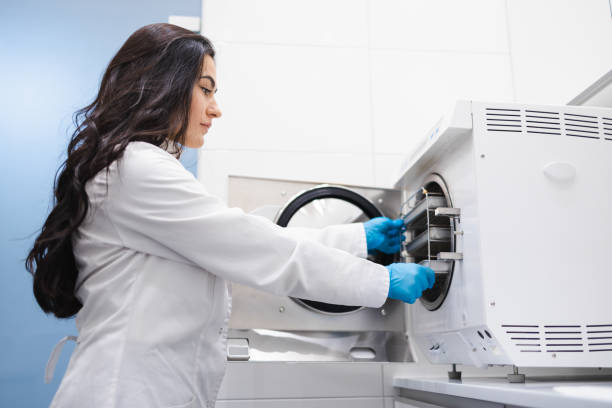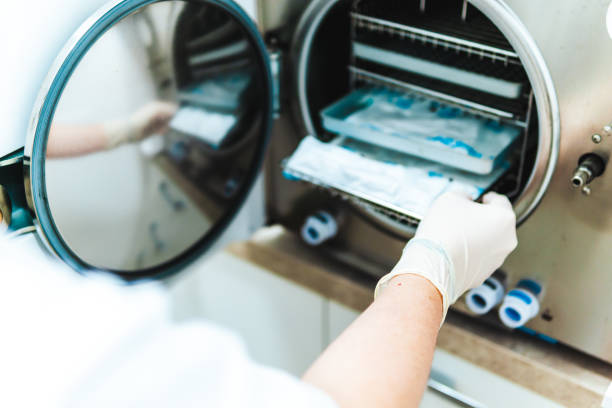There are numerous types of instruments used in dentistry. However, after employing these tools. These instruments should be sterilized. But how are these dental instruments be sterilized? And how to sterilize? Here we make a summary.
1. Safety precautions
Always keep in mind the importance of self-protection. Remember to use eyewear, a face mask, and gloves before beginning to disinfect dental instruments to prevent exposure to each patient's pathogens. This also protects patients by avoiding the spread of pathogens from one to another.

2. Cleaning instruments
Before dental instruments are sterilized, they should be cleaned thoroughly. We must ensure that all visible material is removed from the device by scrubbing it with a surfactant, soap, and water, or by using an automated process with chemical agents. And there are several ways to clean the instruments:
◆During ultrasonic cleaning, sound waves are passed through a cleaning solution to loosen any particles from an instrument.
◆Automatic instrument washers save time by eliminating the need to rinse each instrument by hand.
◆If instruments cannot be cleaned promptly, they are soaked in a detergent or enzymatic solution and scrubbed manually. Manual cleaning must take place in a highly regulated setting.
After instruments have been cleaned, they are washed with water to remove any chemical or detergent residue. Prior to final sterilization, equipment is handled with extreme caution to prevent contamination.
3. Commence sterilization
There are three common types of sterilizers used in dentistry offices:
1.Steam sterilization (autoclave)
2.Sterilization by way of dry heat
3.Unsaturated chemical vapor sterilization
How to sterilize through ultrasonic cleaner?
Here are the procedures:
1. Use utility gloves that are puncture-resistant, chemical-resistant, and autoclavable.
2. Begin by removing all the sharps from the tray, then remove the needle and anesthetic fluid from the syringe and discard of them in the sharps container when the sharps container is full. Additionally, sharp containers should be kept in each operating room.
3. Rinse your instruments under running water to eliminate any surplus fluids and do the same with any containers.
4. Prepare stable baskets to be placed in the ultrasonic cleaning as it rattles the instrument buildup.


5. Get the ultrasonic cleaner ready. Use the solution according to the manufacturer's instructions and fill the ultrasonic cleaner's chamber.
6. Place the steady basket and the mesh per holder in the ultrasonic cleaner and set the timer for 10 minutes.
Prepare your sterilization packets while you wait for the ultrasonic cleaner to complete its cleaning cycle. You will observe that they have pink marks, which are biological indications, and that after autoclaving, these marks turn black. Date and mark each packet of sterilization.
7. Remove your instruments from the ultrasonic unit and put them flat on a paper towel or a drying mat, ensuring that they are separated, as drying is a crucial step before packaging.


